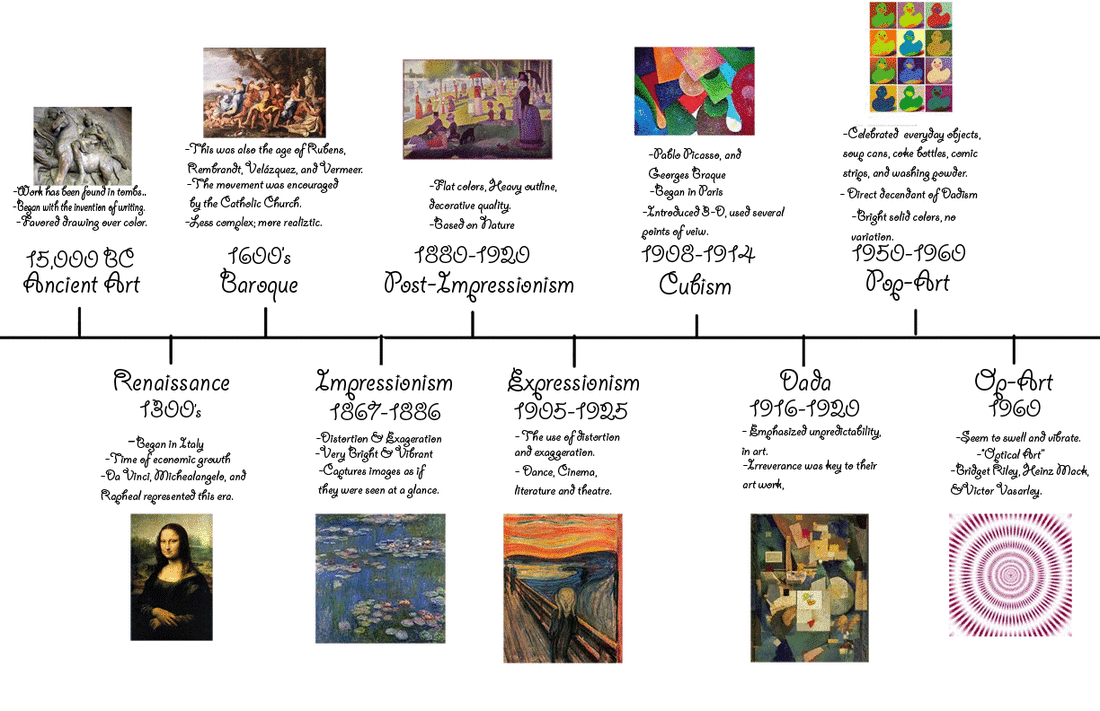Which is your favorite art period?

Which is your favorite Art Period?
My favorite art period is the Renaissance. This period, which spanned from the 14th to the 17th century, was characterized by a renewed interest in learning and the arts. Artists during this time sought to revive and emulate the classical styles of ancient Greece and Rome, resulting in a remarkable display of technical skill and beauty in their works. The Renaissance saw the emergence of iconic artists such as Leonardo da Vinci, Michelangelo, and Raphael, who produced some of the most celebrated artworks in history. From the intricate details and perspective in da Vinci’s “Mona Lisa” to the awe-inspiring grandeur of Michelangelo’s Sistine Chapel ceiling, the Renaissance art period is a testament to the incredible talent and creativity of its artists. The period also witnessed advancements in various artistic techniques, including the use of perspective, chiaroscuro, and naturalism, which continue to influence artists today. The Renaissance remains a captivating and influential art period that continues to inspire and captivate audiences worldwide.
Why I like Impressionism
I have always been drawn to the beauty and charm of Impressionism. What captivates me the most about this art movement is its ability to capture fleeting moments and emotions with vibrant colors and loose brushstrokes. The emphasis on capturing the essence of a scene rather than focusing on intricate details allows for a more subjective and personal interpretation of the artwork. I find this approach to be incredibly refreshing and expressive. Impressionist paintings often evoke a sense of tranquility and evoke a feeling of being present in the moment. The play of light and the depiction of nature in its various forms, whether it’s a serene landscape or a bustling cityscape, further adds to the allure of Impressionism. Overall, the art movement’s ability to evoke emotions and transport viewers to a different time and place is what makes me truly appreciate and enjoy Impressionism.
How Dada inspired many people
Dada, an avant-garde art movement that emerged during World War I, inspired countless individuals across various artistic disciplines. With its rebellious and anti-establishment ethos, Dada rejected the rationality and logic that had dominated artistic movements before it. Instead, it celebrated the absurd, the irrational, and the nonsensical, challenging societal norms and traditional art forms. This rejection of conventionalism and the embrace of chaos and spontaneity inspired many artists and thinkers, encouraging them to question existing norms and explore new creative possibilities. Dada’s influence extended beyond visual arts, inspiring literature, poetry, performance art, and even music. Its impact can still be seen today, as it continues to inspire individuals to break free from established boundaries and express themselves in unconventional and thought-provoking ways.
How Romanticism spread over Europe
Romanticism, the artistic and intellectual movement that emerged in the late 18th century, quickly spread over Europe, captivating artists, writers, and thinkers across the continent. The movement, which emphasized individualism, emotion, and the beauty of nature, was a reaction against the rationalism and strict societal norms of the Enlightenment era. Romanticism first took hold in Germany, with influential figures like Johann Wolfgang von Goethe and Friedrich Schiller leading the way. From there, it spread to other European countries, such as England, France, and Italy, where poets and authors like William Wordsworth, Lord Byron, and Victor Hugo embraced its principles. The themes of Romanticism resonated with people from diverse backgrounds, as it offered an escape from the industrialization and social upheaval of the time. It celebrated the imagination and the individual’s connection to nature, allowing for a more emotional and personal expression in art, literature, and music. The widespread appeal of Romanticism ultimately led to its lasting impact on European culture, shaping the artistic and intellectual landscape for generations to come.
